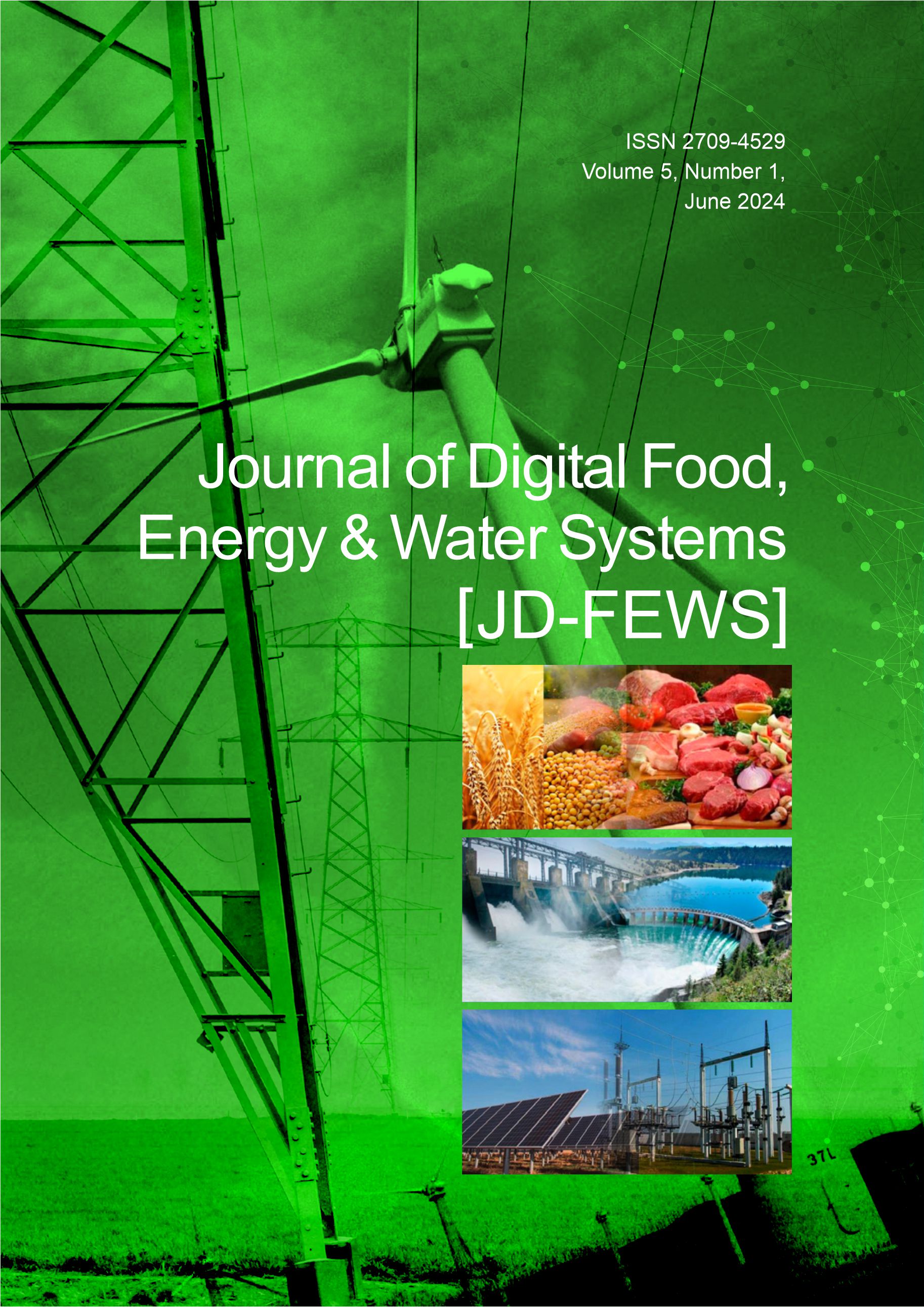Optimization of Reservoir Water Quality Parameters Retrieval and Treatment Using Remote Sensing and Artificial Neural Networks
Main Article Content
Keywords
Artificial Neural Network, Remote sensing, Water quality monitoring, water treatment
Abstract
Inland water bodies are critical ecosystems that serve several functions including the provision of freshwater, regulation of climate and hydrological flows, and pollution control. Therefore, effective monitoring and management of these water resources is critical for sustainable water supply systems. This study evaluated the possible use of satellite data to estimate water quality parameters (WQPs) in an inland water body. The study also used artificial neural network (ANN) models in addition to the satellite data to determine the optimum coagulant dose for water treatment. The use of earth observations and machine learning methods has not been done extensively in developing countries, specifically, in water quality monitoring and management. The study utilized empirical multivariate regression modelling (EMRM) of the spectral reflectances from satellite data for the retrieval of Chla-a, Turbidity, and total suspended solids (TSS) concentrations in an inland water body. Using MLP-ANN modelling, the extracted spectral reflectance values from the selected sampling points in the reservoir were used as model inputs for the prediction of treated WQPs. A second MLP-ANN model was developed to predict the optimum coagulant dose required for raw water treatment. The R2 values achieved with AN model 1 were 0.81, 0.76, and 0.81 respectively for TSS, turbidity, and Chl-a, and 0.99 for the optimum coagulant dose. The study concluded that spectral reflectance from medium resolution satellite data products can be used to estimate WQPs from inland water bodies. Further, the ANN models demonstrate that extracted water quality data from satellite images can be used to inform ANN models for water quality predictions, and for the optimization of water treatment plant operations.






